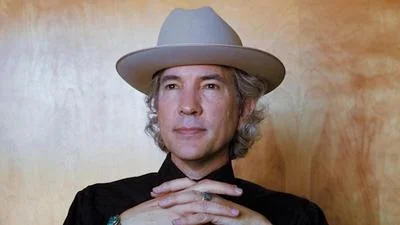A childhood fascination with cattle has led a New Mexico State University researcher to track their behavior with GPS technology.
Derek Bailey, a professor of range science at NMSU’s College of Agricultural, Consumer and Environmental Sciences, recalled in a university issued press release how he would watch cattle navigate the steep slopes on his family’s Southern Colorado ranch as a boy.
“It was steep, mountainous terrain, so cows were down in the bottoms and overgrazed it. But there were always ones that found their way up,” Bailey said in the release. “My dad would be mad because we had to go get them. But I thought those cattle were great – adventurous, fat and happy – and grazing on a ton of grasses.”
Through his current research, Bailey hopes to keep cattle sustainably grazing.
He told Albuquerque ABC affiliate KRQE that keeping tabs on cattle behavior could help identify water system failures. According to the station, what the professor calls “a Fitbit for cows” yields data analyzed by researchers who develop algorithms and techniques to transfer cattle to under-grazed areas.
“Cows normally have a pattern,” Bailey said in the release. “They go in and get a drink and then walk off and lay down. But if they stay there, they’re waiting for the water, (and) they’re frustrated for some reason. Since I grew up on a ranch, I know that if you see cattle gathered together next to a water tank, it’s not a good sign.”









